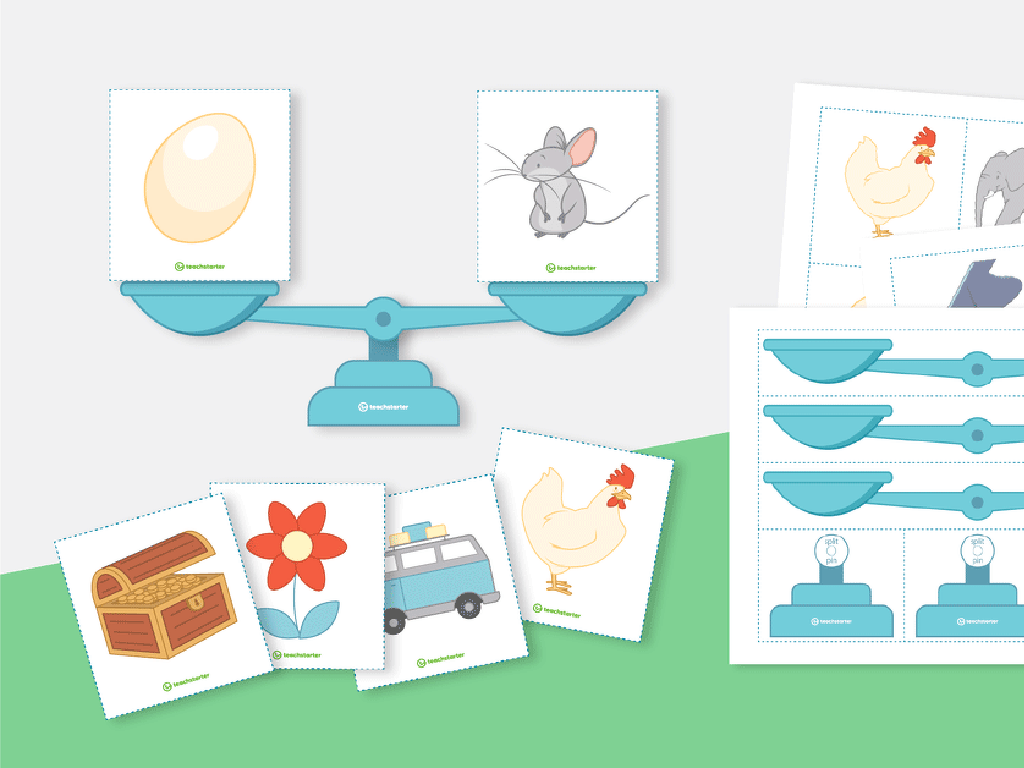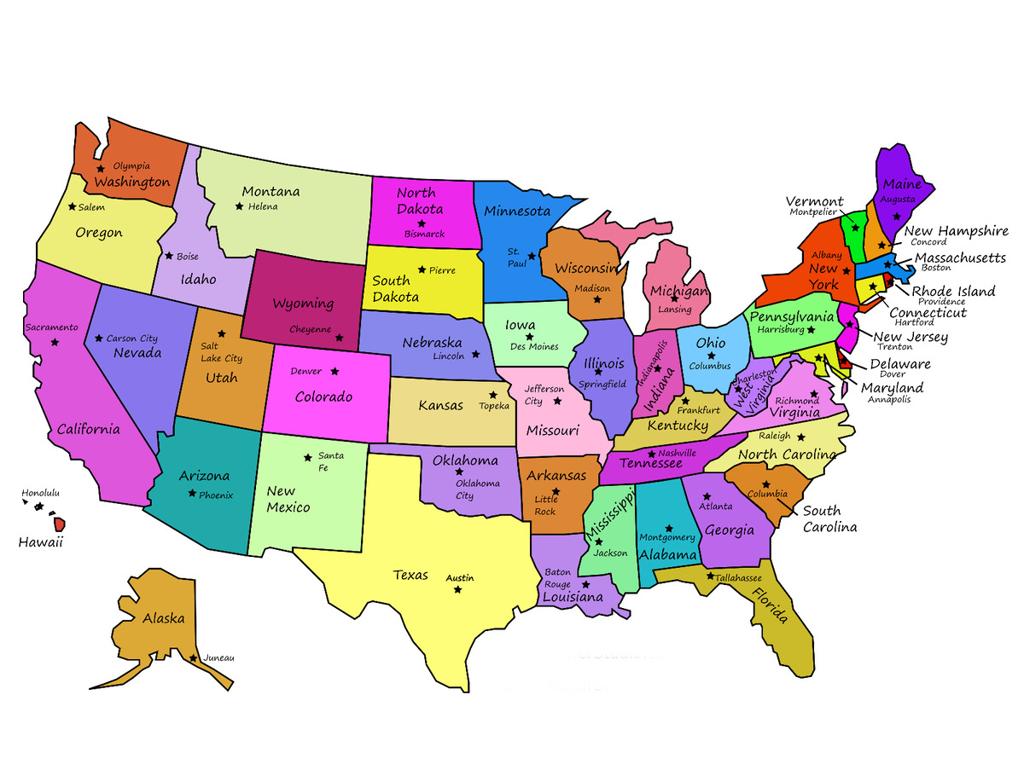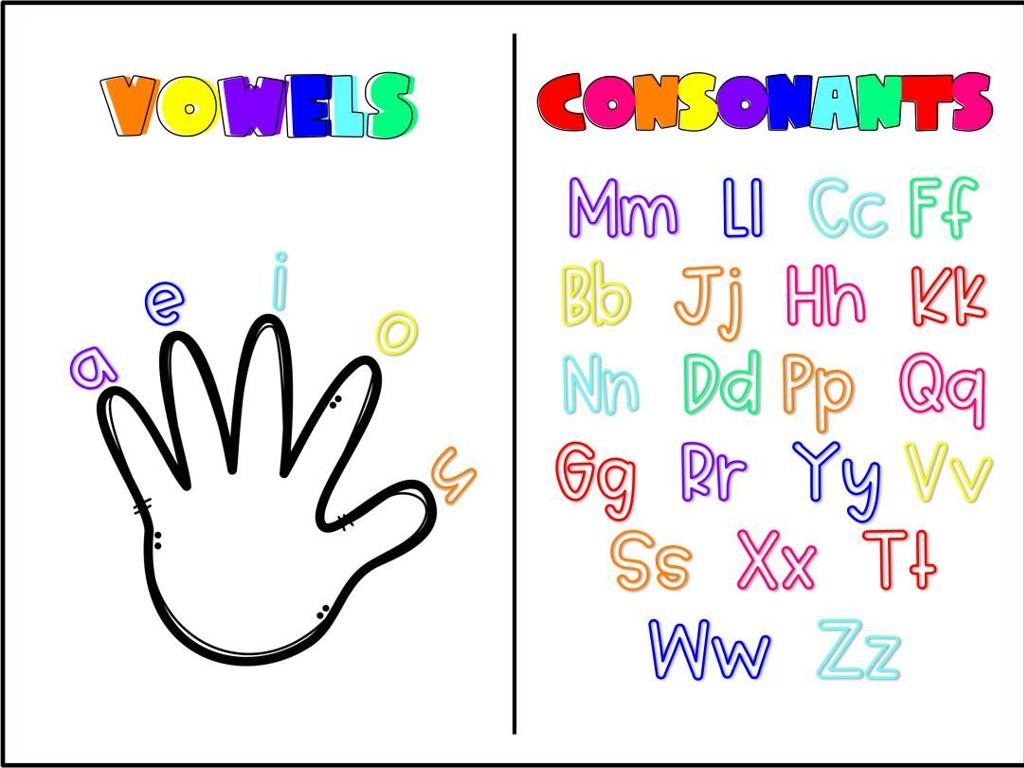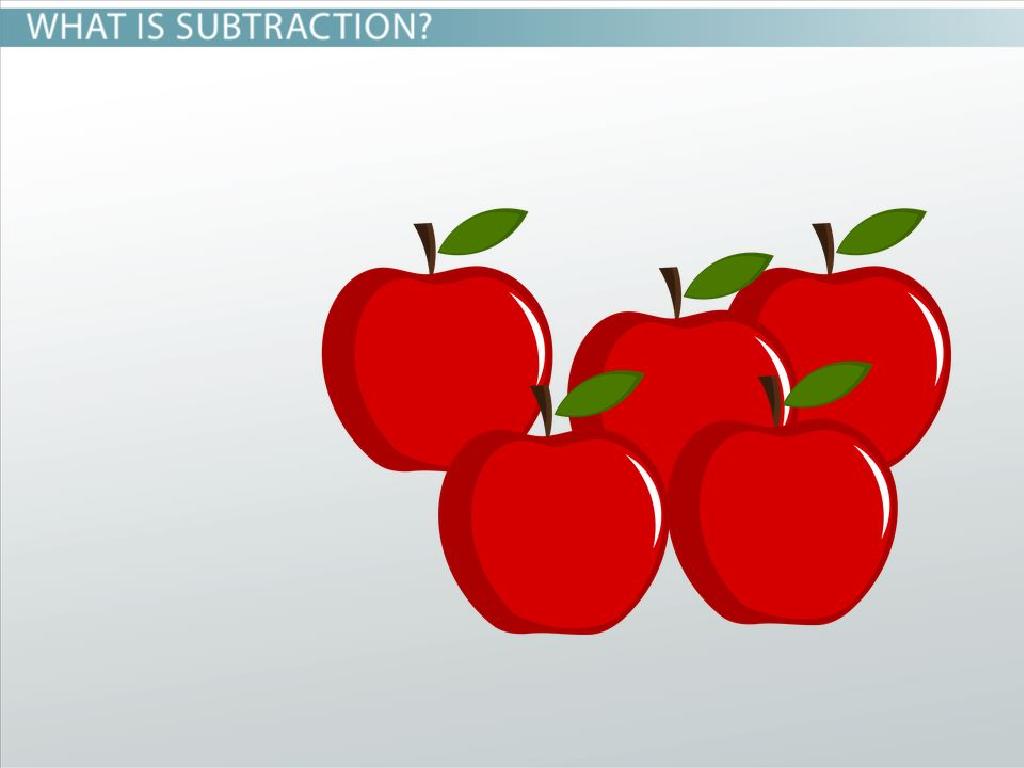Use Cardinal Directions
Subject: Social studies
Grade: First grade
Topic: Maps
Please LOG IN to download the presentation. Access is available to registered users only.
View More Content
Welcome to Maps and Directions!
– What is a map?
– Learn cardinal directions
– North, South, East, West are main directions
– Maps show us places
– Like a drawing that tells us where things are
– Directions help us navigate
– They guide us where to go on a map
|
Begin the class with a warm greeting and introduce the topic of maps and cardinal directions. Engage the students by asking them if they know what a map is to assess their prior knowledge. Explain that a map is like a picture or a drawing that shows us where things are located. Introduce the cardinal directions: North, South, East, and West, and explain that these directions help us to navigate and find our way on a map. Use simple language and examples that first graders can relate to, such as comparing the map to a treasure map they might have seen in storybooks or cartoons. Encourage the students to think about how they use directions in their daily lives, like finding a classroom or the cafeteria.
Understanding Maps
– What is a map?
– A map is a picture that shows locations
– Maps show places
– They can display roads, landscapes, and our current spot
– Maps help us navigate
– They guide us to our destination
– Maps are useful tools
|
This slide introduces the concept of maps to first-grade students. Begin by explaining that a map is like a drawing or a picture that can show us where things are located. Highlight that maps can show many things like streets where cars drive, mountains that reach up high, rivers that flow, and can even show us where we are at this very moment. Emphasize how maps are important because they help us find the places we want to go, like a friend’s house, school, or the park. Encourage students to think of times they have used maps or seen others use maps in their daily lives. This will help them understand the practical use of maps and how they help us in navigating our world.
Finding Directions on Maps
– Maps guide us to places
– Main directions: N, S, E, W
– North, South, East, and West guide us
– N, S, E, W stand for cardinal points
– They are the cardinal directions
– Remembering directions with a compass
– A compass shows us these directions
|
This slide introduces first graders to the concept of using maps and understanding cardinal directions, which are essential for navigation. Emphasize that maps are tools that help us find where we need to go and that the main directions North, South, East, and West are like the map’s ‘secret code’ to finding places. Teach them the abbreviation of the cardinal points (N, S, E, W) and how a compass is a tool that always points to the North, helping us to identify all the other directions. Use simple language and examples, such as showing them a basic compass and relating the directions to familiar landmarks or areas in their school or neighborhood.
Learning Cardinal Directions
– North is at the map’s top
– South is at the map’s bottom
– East is to the right side
– For example, the sun rises in the East
– West is to the left side
– For example, the sun sets in the West
|
This slide introduces first graders to the concept of cardinal directions, which are the most basic navigational tools on a map. North, South, East, and West are the four main directions. To help students remember, you can use associations like ‘Never Eat Soggy Waffles’ or ‘North is where the North Star is.’ Reinforce the concept with examples such as the sun rising in the East and setting in the West. During the class, you can have the students practice by pointing to the cardinal directions in the classroom or on a map. You can also plan a simple activity where students draw their own compass roses and label the cardinal directions.
Let’s Practice Cardinal Directions!
– Find North in our classroom
– Point to the South side next
– Where is East located?
– Can you locate West?
|
This slide is designed for an interactive classroom activity to help first-grade students practice cardinal directions. Start by explaining what cardinal directions are: North, South, East, and West. Then, have the students stand up and face the front of the classroom. Ask them to point to the North side of the classroom. Once they have identified North, guide them to find South by turning to face the opposite direction. Next, have them find East by pointing to their right and West by pointing to their left. This activity will help them understand the concept of cardinal directions in a fun and engaging way. Make sure to move around the room to assist students who may be struggling and to confirm that each student is pointing in the correct direction. You can extend the activity by asking students to find objects or landmarks in the classroom that are in the direction of the cardinal points.
Treasure Hunt with Cardinal Directions
– Pretend we’re on a treasure hunt
– Treasure to the East: which way?
– If the treasure is East, we turn right.
– Treasure to the South: which way?
– If the treasure is South, we go down.
– Using our map to find treasure
|
This slide is designed to introduce first graders to the concept of cardinal directions in a fun and engaging way. By pretending to be on a treasure hunt, students can learn to apply the directions North, East, South, and West to find their way on a map. Use a classroom map and have a visual representation of a compass rose. Explain that East is to the right on a map, and South is at the bottom. Encourage students to think about where the sun rises (East) and sets (West) to help them remember. During the activity, guide the students to use their hands to point in the direction they would travel to reach the treasure. This kinesthetic approach helps solidify their understanding of cardinal directions.
Class Activity: Let’s Make Maps!
– Draw a map of our classroom
– Label North, South, East, and West
– Mark your seat with a star
Place a star on your map where you sit in the classroom.
– Draw a path to the door
Use N, S, E, W to show the way from your seat to the door.
|
This activity is designed to help first graders understand and apply the concept of cardinal directions in a familiar setting. By drawing their own classroom map, students will practice spatial awareness and directionality. Teachers should guide students through the process, ensuring they understand how to orient their map with the cardinal directions. Encourage creativity but also accuracy in their representations. Possible variations of the activity could include drawing a path to the window, the teacher’s desk, or a friend’s seat. This hands-on experience solidifies their understanding of maps and directions in a fun and engaging way.
Review and Goodbye: Maps and Directions
– Reviewing maps and directions
– Finding North on a map
– North is usually at the top of the map
– Understanding maps in daily life
– Maps help us locate places and plan routes
– Maps guide our journeys
|
As we wrap up today’s lesson, let’s go over what we’ve learned about maps and cardinal directions. Start by asking the class to recall how to identify the North on a map, reinforcing that it is typically at the top. Emphasize the importance of maps in everyday life, such as finding a friend’s house or the way to school. Encourage the children to share how they might use a map outside of the classroom. Remind them that understanding directions is key to knowing where they are and where they want to go. Finish with a fun activity, like having students draw their own simple map with cardinal directions from their home to school.






